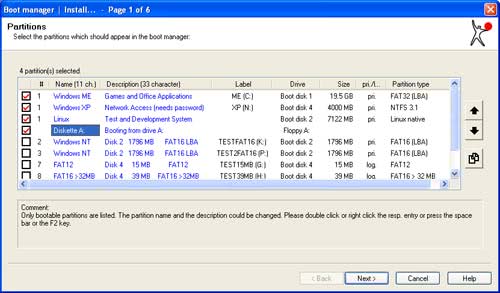
The earliest known reference to this revised architecture is included within PowerPoint slides distributed by Microsoft during the Windows Hardware Engineering Conference of 2004 when the operating system was codenamed "Longhorn." This documentation mentions that the Windows operating system loader would be undergoing a significant restructuring in order to support EFI and to "do some major overhaul of legacy code." The new boot architecture completely replaces the NTLDR architecture used in previous versions of Windows NT. Windows Vista introduces a complete overhaul of the Windows operating system loader architecture. Once the user is logged in File Explorer, the graphical user interface used by Windows NT, is started.

Next, the bootloader starts the kernel, which starts the session manager, which begins the login process. Starting with Vista, the booting process begins with either the BIOS or UEFI load the Windows Boot Manager, which replaces NTLDR as the bootloader. In versions before Vista, the booting process begins when the BIOS loads the Windows NT bootloader, NTLDR. The process has been changed between releases, with the biggest changes being made with Windows Vista.

The booting process of Windows NT is the process run to start Windows NT.

Process by which several Microsoft Windows operating systems initialize


 0 kommentar(er)
0 kommentar(er)
